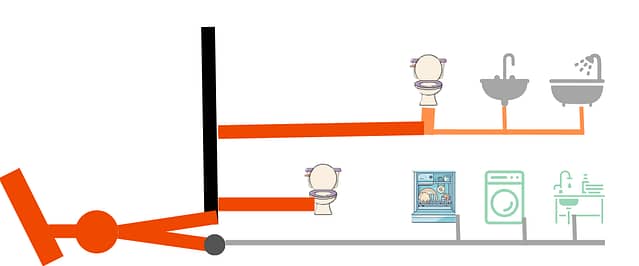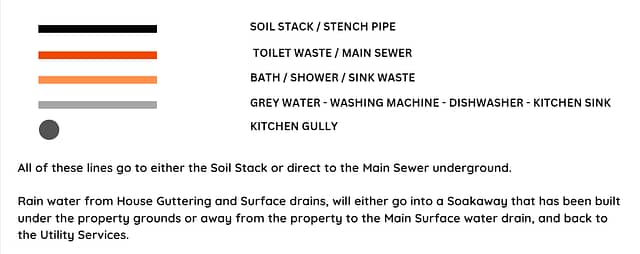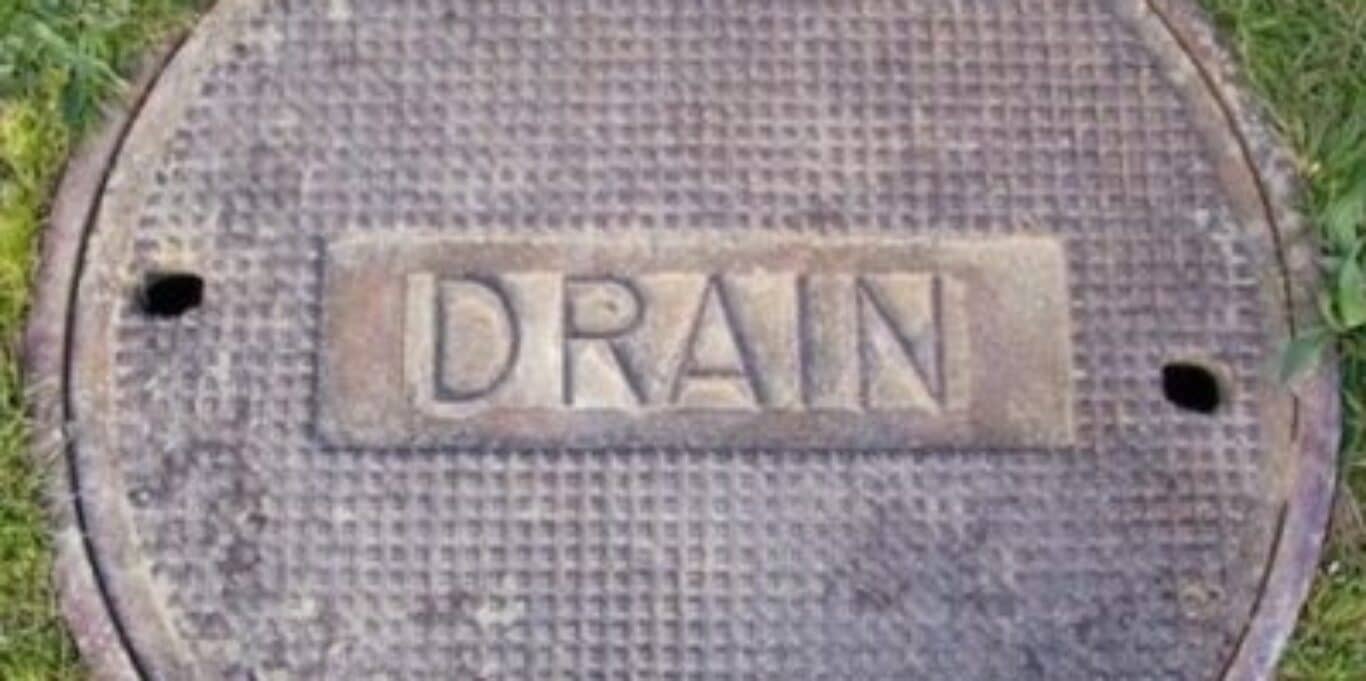Soil Stack Regulations in the UK
Introduction
Soil Stack Regulations in the UK
A ‘soil stack’ is the pipework system that takes the waste water from the plumbing in the upstairs of a building, and runs it down the side of a property and into an underground drainage system.
The regulations governing soil stacks in the UK are designed to ensure that effluent is removed without affecting health, or creating unnecessary noise and smell.


Ventilation
Soil stacks must be ventilated, either externally or internally using an air admittance valve.
This ventilation is crucial to prevent the build-up of harmful gases within the system.
Rodding Points
Sufficient rodding points must be added to the system to allow visual or camera inspections or the removal of blockages.
These points provide access for maintenance and emergency interventions.
Pipe Sizes
Specific pipe sizes must be used in certain situations.
The size of the pipe can affect the flow rate and efficiency of the waste disposal system.
Trap
A ‘trap’ is a fitting that forms a water seal put between soil vent pipes and other externalities.
Traps are put in place to stop any unwanted odours or bacteria returning back through the waste pipe.
In accordance with UK government regulations, traps should be able to retain a minimum seal of 25mm of water.
Air Admittance Valves
Air admittance valves should be used to allow air to enter the drainage system, but do not avoid the need to ventilate it adequately.
Where used to terminate a soil pipe, they should comply with BS EN 12380 or be assessed in accordance with Technical Requirement R3.
Conclusion
The regulations surrounding soil stacks in the UK are comprehensive and designed to ensure efficient waste disposal while protecting health and preventing unpleasant odours. It’s important for anyone involved in construction or property maintenance to understand these regulations and ensure they are correctly implemented.

